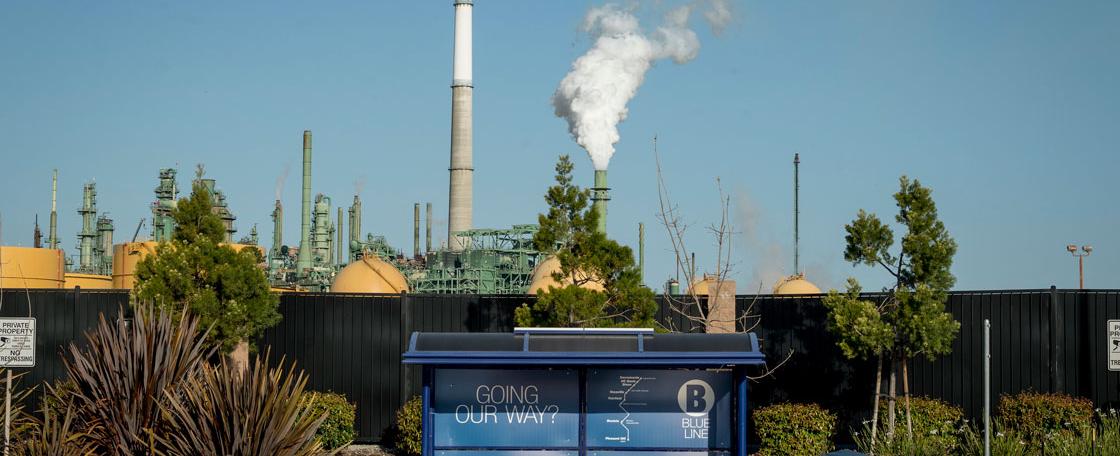
Reducing Carbon Emissions
Fact: The typical American’s carbon footprint is over five times the world’s per person average.
If we want to move toward a low carbon future, and slow down the negative effects of climate change — everyone needs to make change happen.
Dirty energy is warming up our planet, harming millions by contributing to respiratory diseases from smog and air pollution. And more often than not, disadvantaged communities are most affected.
Save Your Home & Save the Environment
Creating a healthier environment in your home and a healthier planet go hand-in-hand.
Did you know that 51% of a household’s energy consumption comes from just two sources: space heating and air conditioning. And if these sources are powered by gas they release harmful emissions like carbon dioxide and methane.
Upgrading your home with energy-efficient products can reduce the amount of electricity that power plants need to meet your needs. Which means they’ll burn less fossil fuels to make that happen.
And when you use energy is just as important.
Tips on Energy Savings & Time-of-Use
Small changes can make a difference. When you turn down your energy use and power up your appliances during low-demand times, you can personally reduce carbon emissions.
Most of us in the Bay Area are well aware of these tips, but these are a good reminder.
- Try not to use power during peak time-of-use during the day. In California this means 4pm - 9pm. Conserve electricity during these hours. Read more about time-of-use.
- Turn down your heat. Use a smart thermostat. And keeping your blinds closed can help regulate the temperature in your home.
- Turn down your water heater. Most people set it too high for their needs.
- Turn off lights and appliances when you're not using them, or away from the home.
- Replace your lights with LED light bulbs. LED bulbs may cost more, but they last thousands of hours longer.
- Does your refrigerator need to be so cold? Probably not. Turn it down.
- Look for the Energy Star certification, run by the U.S. Environmental Protection Agency, when buying new products or appliances.
In addition to staying more comfortable in your home and reducing carbon emissions in your community, you’ll be saving on monthly bills, too. And that’s what you call a triple-play.
PBS.org: How Your Household Drives Up Greenhouse Gas Emissions
Energy Upgrade California: Time of Use FAQS
NY Times: How To Reduce Your Carbon Footprint
US Energy Information Administration: Use of Energy in Homes Explained
National Geographic: Super Potent Methane
Save On Energy: How Does Saving Energy Save the Environment
Fact: Solar produces less greenhouse gas emissions than conventional fossil fuel energy sources. And fossil fuels are a major contributor to pollution and climate change.
But there’s good news: More energy from the sun hits us here on earth in one hour than is used by everyone on the entire planet in one year. That’s an amazing, renewable energy source that is not going away. And we can use it.
Current solar technologies are making great progress in saving energy, reducing toxic fumes and improving the health of our homes and our communities … without using local water supplies or dirty fossil fuels.
Go solar. Lower — or even eliminate — your electric bills. And avoid rising energy costs while you increase property value, too.
EVs have a smaller carbon footprint than gasoline cars (and no tailpipe smoke!) even when accounting for the electricity used for charging. Research shows that an EV is responsible for lower levels of greenhouse gases than an average gasoline car.
And if more renewable energy sources like wind and solar are used to generate electricity in the future, dangerous greenhouse gases will be reduced even more.
There is some concern that EVs don’t have enough juice to handle daily errands or travel demands. But research indicates that this is not quite accurate. EVs can travel 50 miles a day, which is the household average. And most EV models go above 200 miles on a fully-charged battery.
EVs now come in all shapes and sizes, with over 38,000 chargers in the U.S. available to the public.